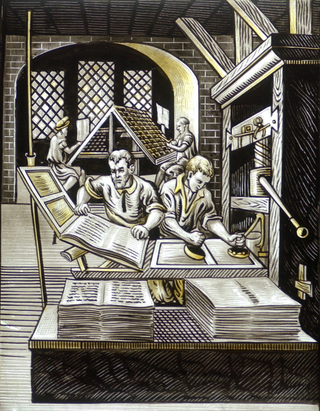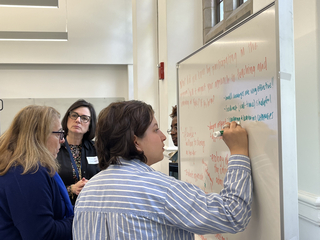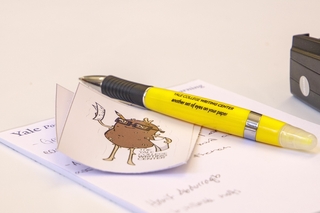You may not be used to thinking of the plan of a source as proprietary to its author, but if you follow a source’s plan too closely without acknowledging that you saw it there first, you’re presenting as your own an analysis that someone else shaped. For example, if you use Mark Hauser’s discussion of primates’ knowledge of other minds from Wild Minds and you discuss the same three experiments that he analyzes, then you must acknowledge this debt. The simplest way to do this is to say “Like Mark Hauser, I find the three experiments carried out by X, Y, and Z groups to be useful in considering the extent of chimpanzee awareness.” An even better way—because it highlights your distinctiveness as a writer—is to distinguish the different use to which you will put the analysis. If, for instance, you’re focusing on primate social skills rather than strictly on their awareness of other minds, you might write, “Mark Hauser examines three experiments carried out by X, Y, and Z for what they can tell us about knowledge of other minds. For my purposes, though, these same experiments shed important light on the social capacities of primates.” These statements can come in a discursive footnote or in the main body of your paper, although if the statement distinguishes your argument from the source’s, it has an important role in the body of the argument.
See Gordon Harvey, Writing With Sources, Chapter 3, for an excellent discussion of unfair borrowing of another’s plan.
6. When you build on another’s method found either in a source or from collaborative work in a lab
Relying on someone’s research method is like #5 above—borrowing a text’s plan or structure. If your approach to a problem is inspired by someone else’s work on a similar or analogous case, credit the original researcher. Building on the work of others is appropriate and desirable, but methods, like specific words and phrases, are a form of intellectual property.
7. When you build on another’s program or on a not-commonly-known algorithm in writing computer code
Although writing code may seem different from writing papers, the same standards of acknowledgment apply. If you rely on someone else’s program, you must credit that person. Some software algorithms are so well known that they rise to the level of Common Knowledge. Programmers use such pieces of code without acknowledgement. But if the code is not well known, someone reading your program might think you’ve authored parts that are borrowed.
8. When you collaborate with others in producing knowledge







